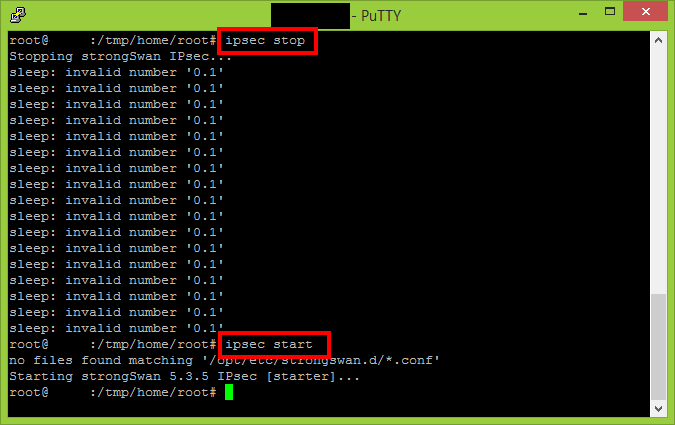

However, in general, these integrated routers do not get firmware updates as frequently, and they’re often not as robust as stand-alone routers. It can also be advantageous to space-constrained customers. This is done to simplify setup, so the ISP has less hardware to support. Some Internet service providers (ISPs) integrate routers into their modems, yielding an “all-in-one” device. They offer a convenient way to access networked storage without the need for a dedicated PC with a shared disk or NAS running 24/7. These ports make it possible to share external hard drives or even printers. The router’s firewall works by making sure packets were actually requested by the user before allowing them to pass through to the local network.įinally, you have peripheral connectivity like USB and eSATA. Although Windows has its own software-based firewall, the router’s hardware firewall forms the first line of defense in keeping malicious content off the home network. In fact, what differentiates a wireless router from a dedicated switch or wireless access point is the firewall. The firewall is a core component in today’s story. The DMZ, also called a perimeter network, is a subnetwork where vulnerable processes like mail, Web and FTP servers can be placed so that, if it is breached, the rest of the network isn’t compromised. These security features can include a firewall, parental controls, access scheduling, guest networks and even a demilitarized zone (DMZ), referring to the military concept of a buffer zone between neighboring countries). Part of trusting our always-on Internet connections is the belief that private information is protected at the router, which incorporates features to limit home network access. Most wireless router models support dual bands, communicating over 2.4 and 5GHz and many are also able to connect to several networks simultaneously. Then there’s the wireless access point capability. Although dedicated switches can be added to your network, most home networks don’t incorporate them as standalone appliances. A network switch negotiates network traffic, sending data to a specific device, whereas network hubs simply retransmit data to all of the recipients. A wired switch, often taking the form of four gigabit Ethernet ports on the back of most routers, is largely standard these days. It manages network traffic between the Internet (via the modem) and a wide variety of client devices, both wired and wireless. Many of today’s consumer routers are loaded with features, incorporating wireless connectivity, switching, I/O for external storage devices as well as comprehensive security functionality. A wireless router is the central piece of gear for a residential network.


 0 kommentar(er)
0 kommentar(er)
